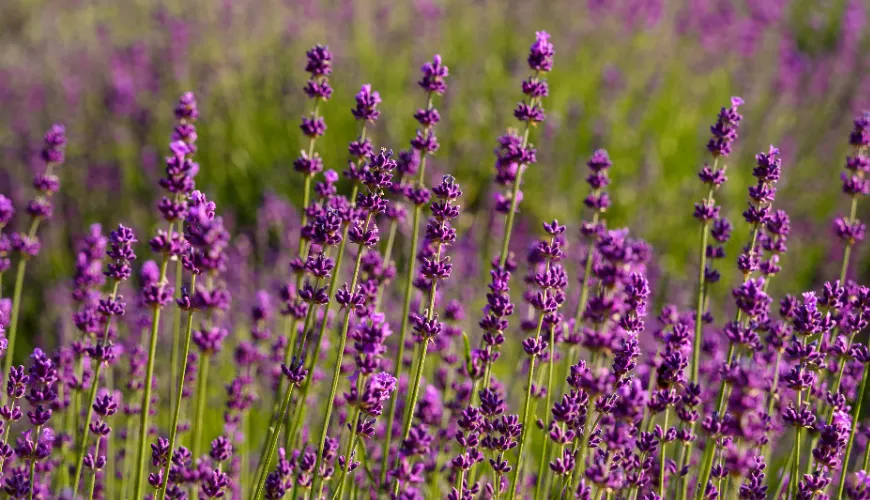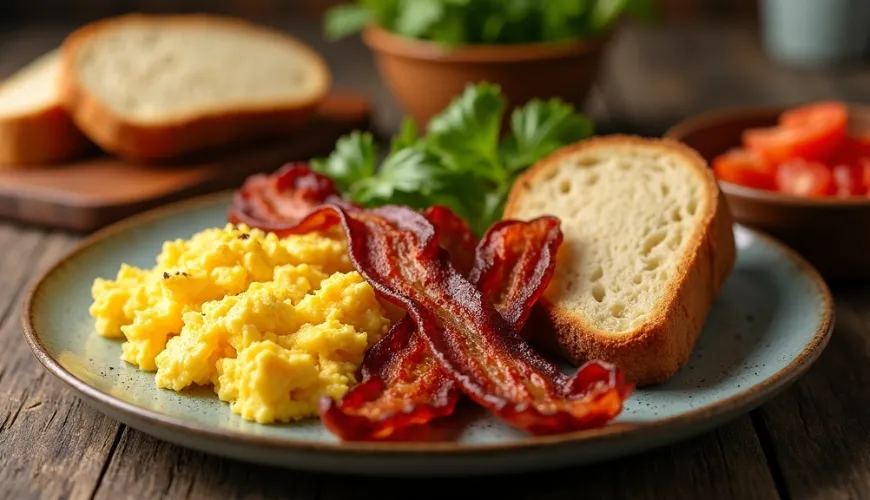
Wonton dumplings and their journey from China to your table

The Secret of Wonton Dumplings - A Delicious Asian Tradition Winning Over Czech Kitchens
One of Asia's hidden culinary treasures is undoubtedly wonton dumplings – small parcels full of flavor, elegance, and history. Although they originate from China, their aroma and delicate texture are captivating taste buds around the world. Today, they are increasingly appearing in Czech households, not only thanks to the popularity of Asian bistros but also due to an interest in home cooking and discovering new gastronomic horizons. But what exactly lies behind the name wonton, where does wonton dough come from, and how do wonton dumplings differ from other types of Asian delicacies?
From the Silk Road to Modern Kitchens
The history of wonton dumplings dates back to the Tang dynasty in the 7th century when they were considered not only a dish but also a symbol of prosperity. In ancient China, wonton (often transcribed as "húntún") were associated with legends of chaos and harmony. The word itself denoted "hidden chaos," reflecting the philosophical concept of hidden order in a chaotic world – just as the richness of flavors is hidden within the thin dough.
Wontons gradually spread throughout East Asia, and today they can be found not only in China but also in Japan, Thailand, Vietnam, or the Philippines. Each region slightly modified the recipe, but the base remains – thin dough filled with a mixture of meat, vegetables, or shrimp, which is cooked in broth, fried, or steamed.
What Makes Wonton Dumplings So Unique?
At first glance, wonton dumplings may resemble Italian ravioli or Japanese gyoza. However, the difference lies in several key elements. The first is undoubtedly wonton dough, which is exceptionally thin, flexible, and gains a silky, almost translucent texture after cooking. The basic ingredients are wheat flour, eggs, water, and salt. Due to the absence of leavening and minimal fat content, the dough is light and quick to prepare.
The second difference is the wrapping method. While gyoza are folded into a half-moon shape and ravioli are usually square or round, wontons can take on surprisingly many shapes – from simple triangles to more complex "knots" resembling small coins or bags. This shape is meant to symbolize abundance, explaining why wonton dumplings are an integral part of Chinese New Year celebrations.
Wonton Dumplings in Practice - Where Do We Encounter Them and How to Prepare Them?
In the Czech environment, wonton dumplings often appear in Asian restaurants as part of a soup or appetizer. However, if you've ever tasted homemade, freshly wrapped wontons in a rich broth, you know the experience is incomparable. The preparation doesn't have to be complicated, it just requires a bit of patience and a willingness to experiment.
The classic filling consists of ground pork (sometimes chicken or beef), grated ginger, garlic, soy sauce, chopped scallions, and often also chopped shrimp. Everything is thoroughly mixed, and a small spoonful of the mixture is placed in the center of a thin wonton square. The edges are moistened with water or beaten egg and folded into the desired shape.
Then comes the decision – to boil, fry, or steam? Each option has its merits. In China, wonton soup is most common: dumplings are boiled for a few minutes in a strong chicken broth with slices of Chinese cabbage and sprinkled with fresh chives. In contrast, in Southeast Asia, fried wontons are popular, served with sweet and sour sauce as a crispy snack.
One user from a Prague community market described how she fell in love with wonton dumplings while studying in Malaysia: "On the local night market, I bought fried wontons with shrimp and coriander every Friday. They were the crispiest and juiciest pieces I've ever tasted. Today, I make them at home, reminding myself of that scent and atmosphere."
Homemade Wonton Dough - Is It Worth It?
Ready-made wonton dough is available on the market today, usually in frozen form. You can find it in specialized Asian stores, and its advantage is the speed of use – just thaw, fill, and cook. However, if you desire a deeper experience and want full control over the ingredients, there's nothing simpler than trying to make wonton dough at home.
A mixture of wheat flour and eggs with a bit of water is processed into a smooth dough, left to rest (at least 30 minutes), and then rolled out very thinly. It's important to work quickly – the dough tends to dry out quickly, so it's good to cover it with a damp cloth. Individual squares, about 8x8 cm in size, are best cut with a pastry wheel or a sharp knife. The result? Dough that remains supple when cooked, doesn't slip on the tongue, and holds its shape beautifully.
Sustainability and Wontons? It Goes Together
At first glance, it might seem that wonton dumplings don't fit the concept of sustainable cooking. But the opposite is true. Thanks to using leftover meat and vegetables, wontons can be a great way to utilize ingredients that would otherwise end up in the trash. Moreover, they can be easily frozen – they don't lose flavor or texture, making them an ideal solution for days when there's no time to cook.
Another bonus is that during home preparation, you have full control over what you put into the dumplings. You can skip glutamates, preservatives, or excess fat and replace meat with tofu, mushrooms, or fermented vegetables. Such vegetarian wontons are not only a healthier option but often surprise even meat lovers with their complex flavor.
How to Start?
If you've never prepared wonton dumplings at home, you might be put off by the idea that it's a labor-intensive process. But the truth is that wontons are like folding origami – at first, they may seem complicated, but with each piece, you gain more confidence and rhythm. It's ideal to involve children or friends in the preparation – joint folding easily turns into a fun evening with a taste of the Far East.
Today, there are countless tutorials and videos online showing different folding methods, from the simplest fold to complex constructions. However, the rule of thumb is that less is more – don't try to overfill the dumpling with filling, the key to a perfect wonton is balance between filling and dough.
It's no wonder that wonton dumplings have become a global phenomenon. The combination of simplicity, flavor, and tradition makes them a dish that appeals to both gourmets and beginners. Whether you opt for traditional broth or experiment with quinoa and sweet potatoes, wontons have the unique ability to bring people together – at one table, in one bowl, in one piece of dough full of flavor and shared joy.

